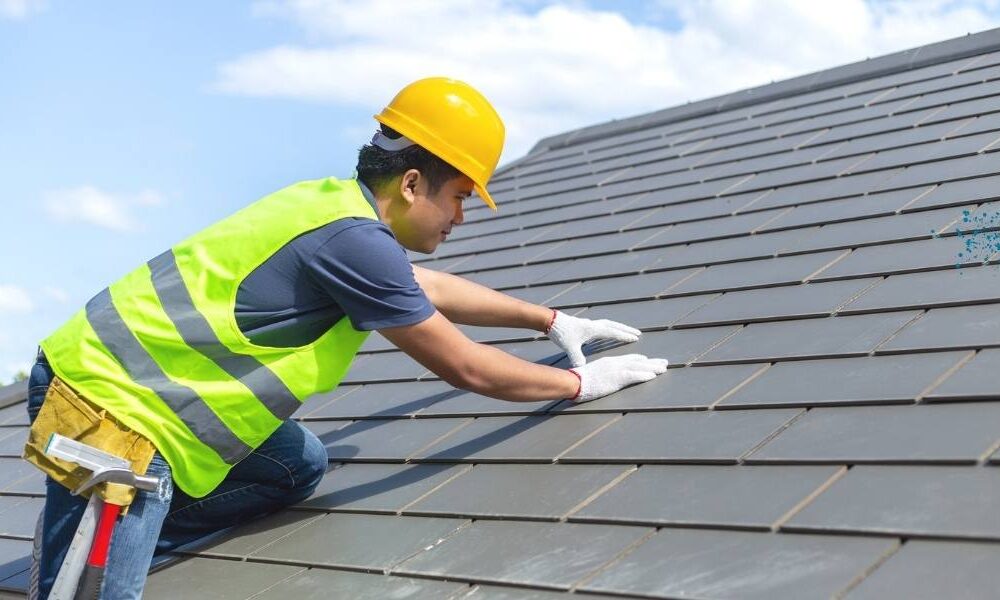How does roof repair timing affect overall project costs?
Roof repair costs multiply when property owners delay addressing damage. A small leak caught early might need simple patching. That same leak left unattended for months creates interior water damage, insulation replacement, and structural repairs. Timing decisions directly control final repair bills. Roof Repair Cape Town specialists consistently observe how postponed repairs transform affordable fixes into expensive reconstruction projects through progressive damage expansion.
Early intervention savings
Catching roof problems early keeps repair costs contained to the actual damaged area. A few missing shingles are replaced quickly, costing minimal labour and materials. Wait several months, and water penetrates beneath the surrounding shingles. Decking starts rotting. Insulation gets soaked. Interior ceilings develop stains. What began as a $300 shingle replacement became a $3,000 repair addressing multiple damaged systems?
Early repairs also prevent secondary damage that compounds costs unexpectedly. Roof materials are damaged by water entering through an opening. Water soaks insulation and drips on ceilings in attics. A damp environment promotes mold growth. Electrical systems face moisture exposure. Each additional damaged system adds separate repair costs that never would have occurred with prompt roof attention. Property owners paying for ceiling repairs, mold remediation, and electrical work could have avoided these expenses entirely through immediate roof repair.
Seasonal price variations
Weather patterns throughout the year create cost fluctuations for roof repair services.
- Summer and early fall represent peak roofing seasons when demand drives prices upward. Contractors stay booked solid. Material suppliers raise prices during high-demand periods. Emergency repairs during peak season often carry premium charges due to scheduling constraints.
- Winter and early spring typically offer more favorable pricing structures:
- Reduced contractor demand means more flexible scheduling
- Material suppliers run promotional pricing during slow periods
- Labor costs decrease when crews need work between major projects
- Negotiation leverage shifts toward property owners during off-peak times
The cost of identical repairs is reduced by 15 to 25 percent during slower seasons compared to peak summer pricing. Property owners with flexibility in repair timing gain financial advantages through seasonal planning.
Emergency repair premiums
Roof emergencies requiring immediate attention command premium pricing. Leaks discovered during rainstorms need an urgent response. For emergency service, rapid mobilization, and schedule disruption, contractors charge extra. It is common for emergency repairs to cost 50 to 100 percent more than normal operations. Most roofing emergencies are prevented by proactive maintenance. A regular inspection identifies problems early. Scheduling repairs during convenient timeframes at standard rates beats paying emergency premiums for crisis response.
Damage progression costs
Roof damage rarely stays static. Small problems expand through continued weather exposure. A tiny leak grows larger with each rainstorm. Wind lifts additional shingles near existing damage. Temperature cycles stress compromised areas. Each passing week allows damage progression that increases eventual repair scope and cost. Documenting damage when first discovered provides baseline information for tracking progression. Photographs and written descriptions establish the initial condition. Making informed decisions about repair scheduling comes from monitoring changes. By preventing damage progression and early intervention, repair timing determines whether repairs remain affordable or become more expensive reconstructions.















